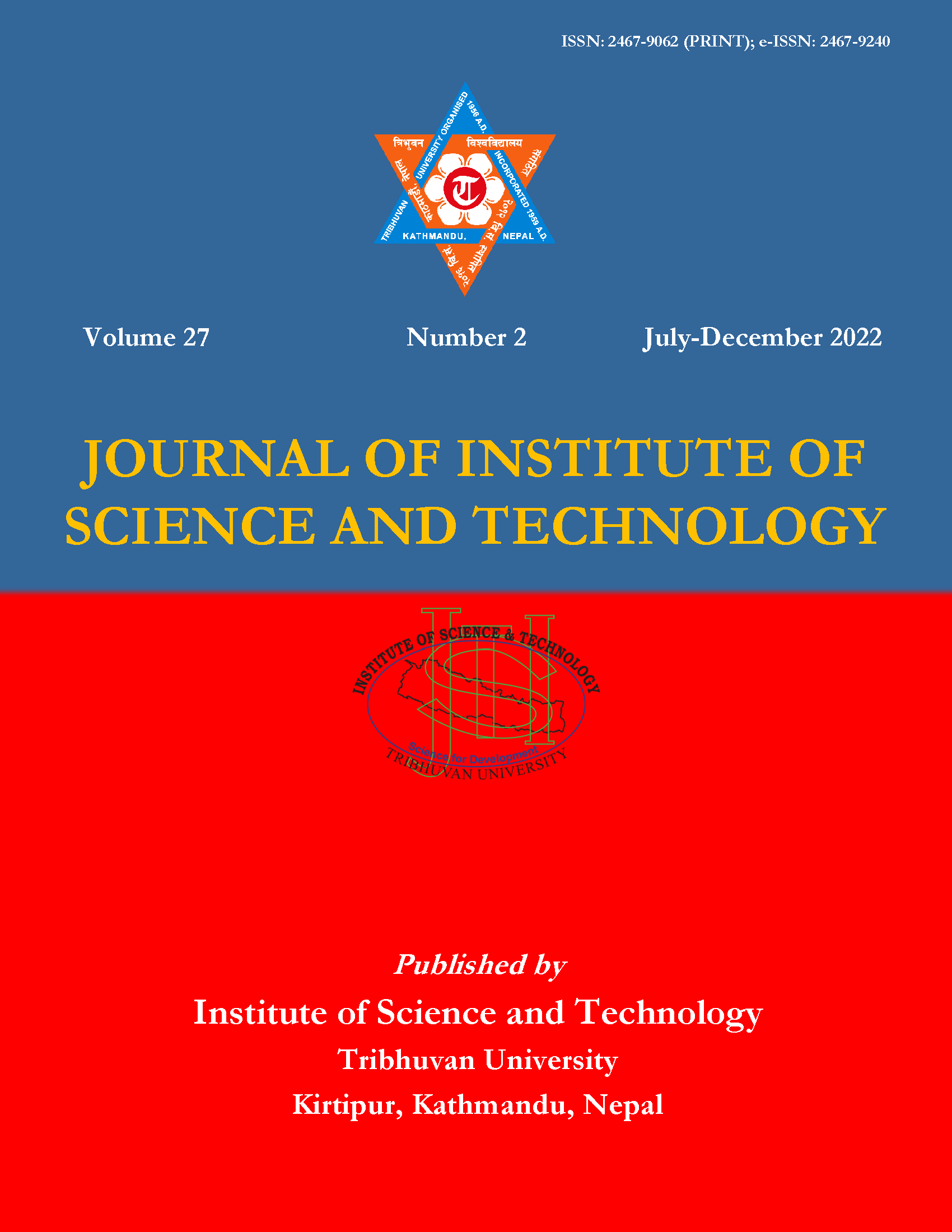Formulation and Evaluation of Cream Using Moringa oleifera L. Leaf Extract
DOI:
https://doi.org/10.3126/jist.v27i2.51322Keywords:
Antioxidant, cream, Moringa oleifera L., phytochemicals, total phenolicsAbstract
There are an increasing number of studies on the cosmeceutical properties of medicinal plants growing in various climatic zones. The formulation of phenolic rich plant extracts into cosmetic cream products can maximize the commercial value of such products. Most of the herbs used in Nepal for cosmetic purposes are locally available Ayurvedic herbs. The antioxidant property of the ethanolic extracts of Moringa oleifera L. leaves collected from Rupandehi and Makawanpur districts respectively were determined by 2, 2-diphenyl-1-picrylhydrazyl (DPPH) scavenging activity. Total phenolic and total tannin content was determined by Foline Ciocalteu reagent. Total phenolic content was found from 35.51 and 42.89 mg/100 g gallic acid in the Makawanpur and Rupandehi districts. Overall, findings revealed that there were slight differences in antioxidant properties between the two samples. The cream formulated from the Makawanpur plant sample had considerable physiochemical parameters within the range of acceptance. These findings provide strong evidence for further development of commercial creams with antioxidant properties
Downloads
Downloads
Published
How to Cite
Issue
Section
License
Copyright (c) 2022 Institute of Science and Technology, T.U.

This work is licensed under a Creative Commons Attribution-ShareAlike 4.0 International License.
The views and interpretations in this journal are those of the author(s). They are not attributable to the Institute of Science and Technology, T.U. and do not imply the expression of any opinion concerning the legal status of any country, territory, city, area of its authorities, or concerning the delimitation of its frontiers of boundaries.
The copyright of the articles is held by the Institute of Science and Technology, T.U.




